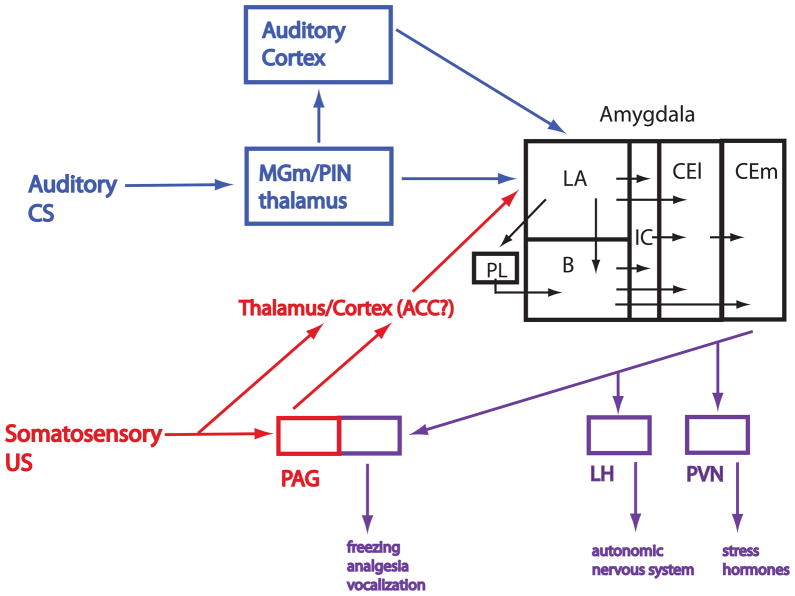Figure 3. Working Model of the Fear Conditioning Circuit.
Auditory conditioned stimulus (CS) information is conveyed through medial geniculate (MGm) and posterior intralaminar nucleus (PIN) of the thalamus and cortical relays (temporal association area, TeA) to the lateral nucleus of the amygdala (LA). Unconditioned stimulus (US) information is conveyed through a pathway which includes the periaqueductal gray (PAG) and other, relays possibly in the thalamus and/or anterior cingulate cortex (ACC), to the LA. Single LA neurons receive convergent CS and US information and undergo associative synaptic plasticity during fear conditioning. Plasticity may also occur in the central nucleus of the amygdala and in the MGm/PIN. LA connects with the central lateral nucleus of the amygdala (CEl) directly and indirectly by way of amygdala connections in the prelimbic (PL), basal (B) and intercalated (ic) amygdala subregions. The central medial nucleus of the amygdala (CEm) receives input from the B and CEl and is an output nucleus which projects to other regions including the PAG, lateral hypothalamus (LH) and paraventricular nucleus of the hypothalamus (PVN) that control the expression of conditioned fear responses, including freezing, autonomic and hormonal responses. Neural processing of CS and US information has been examined in several of these regions and is described in the text.

